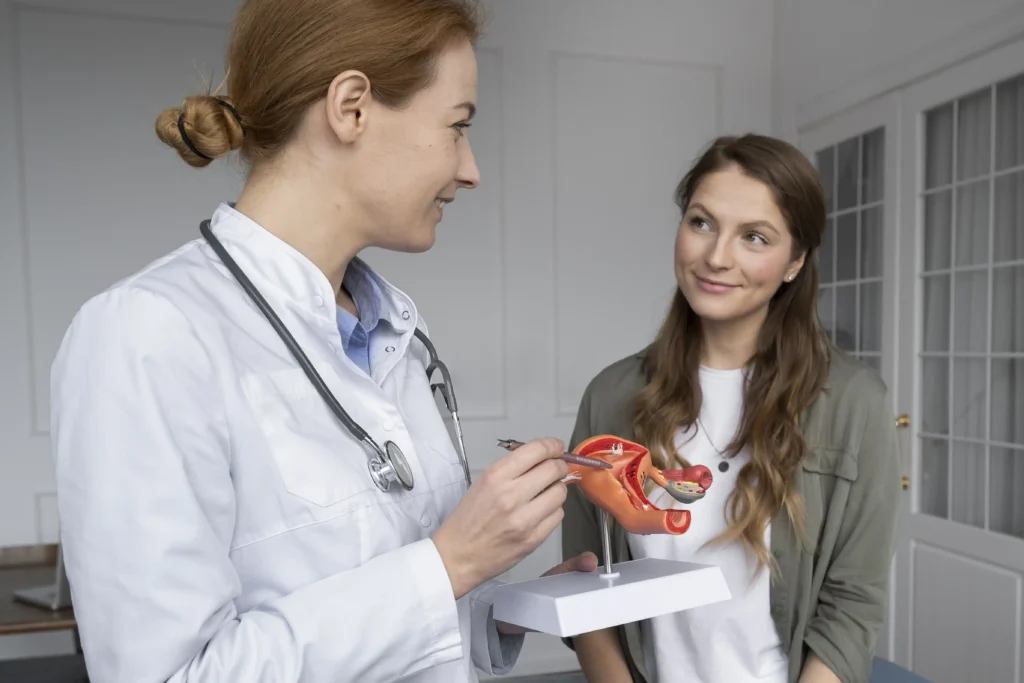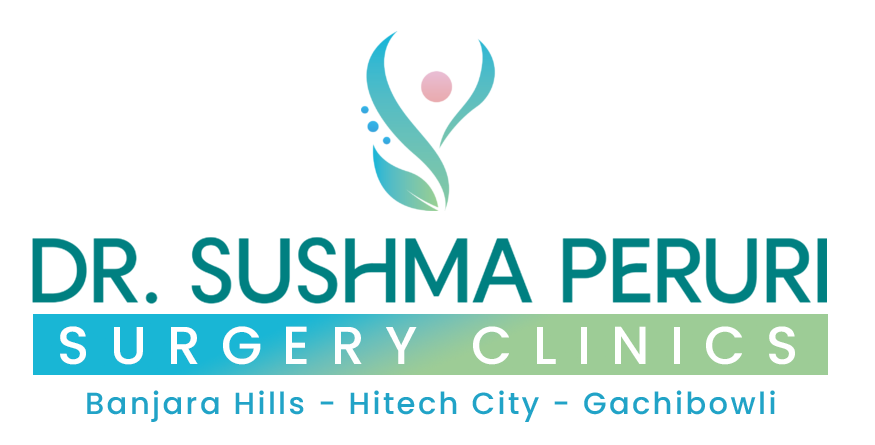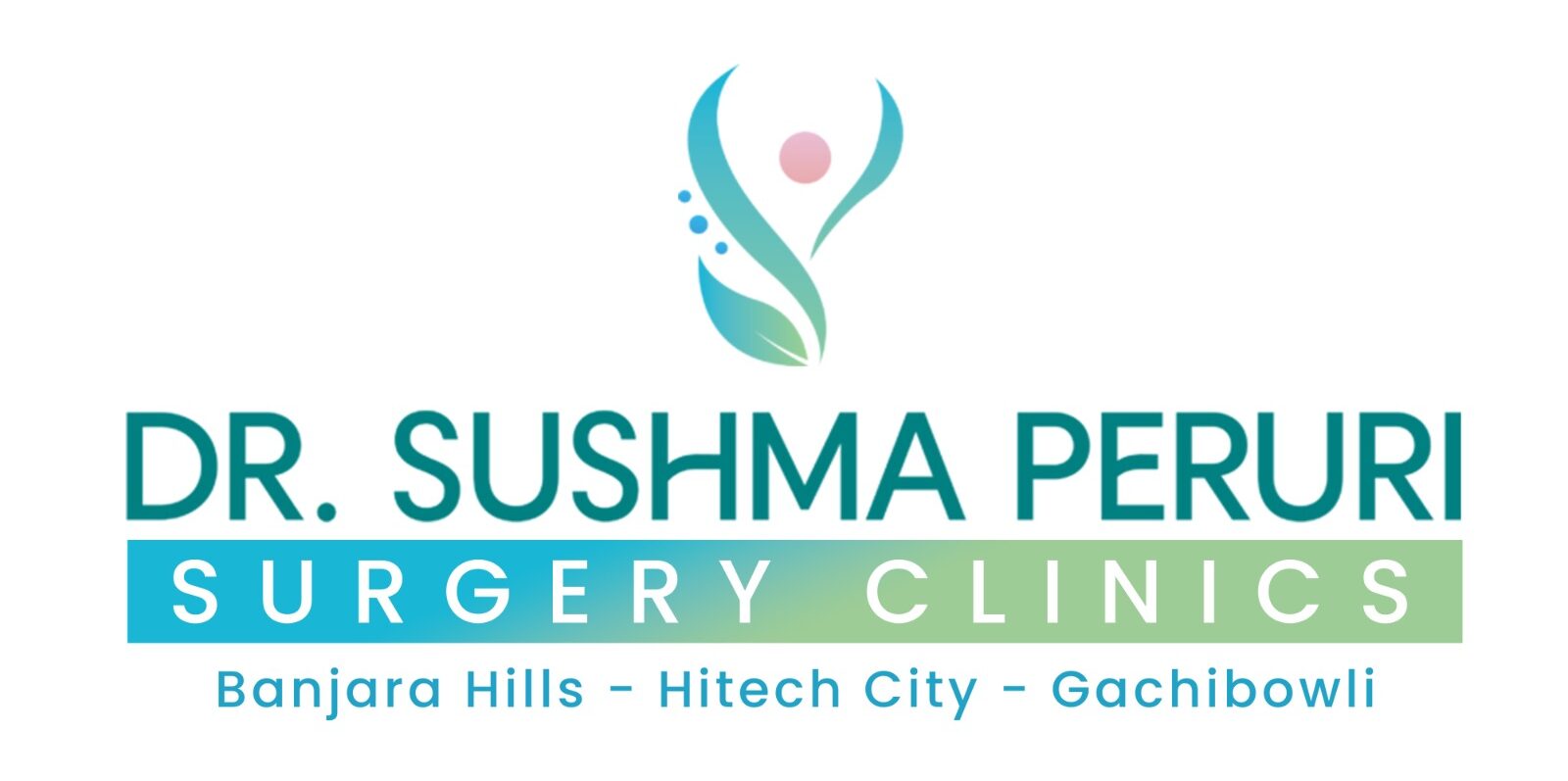Understanding the First Stage of Piles - Symptoms, Causes, and Treatment Options
Piles, also known as hemorrhoids, refer to an inflammation of swollen veins situated in the lower rectum and anus. It will cause a great deal of pain and shame if treated late. First stage of piles is therefore important in understanding since one can gain early diagnosis and treatment preventing further complications. It is based on this that we discuss first stage of piles, the symptoms, causes, and effective methods of treatment.
What Are Piles?
Piles are categorized into two types: internal and external. Internal piles develop within the rectum, while external piles occur under the skin around the anus. Understanding the anatomy and differences between these types is essential for identifying and managing the first stage of piles effectively.

First Stage of Piles: Symptoms and Signs
The first stage of piles typically involves mild symptoms that may not be immediately noticeable. Early detection is vital for effective management. Common symptoms of the first stage of piles include:
1. Mild Discomfort
Individuals may experience mild discomfort in the anal region. This discomfort often intensifies during bowel movements and may subside afterward.
2. Itching and Irritation
Itching around the anus is a common symptom of the first stage of piles. This irritation can be caused by excessive moisture or inflammation in the area.
3. Bleeding During Bowel Movements
One of the hallmark signs of piles is rectal bleeding. In the first stage, bleeding is typically minimal and may present as bright red blood on toilet paper or in the toilet bowl.
4. Swelling or Lumps
While external piles may not be fully developed at this stage, some swelling or small lumps around the anus may be noticeable.
5. Changes in Bowel Habits
Individuals may notice changes in their bowel habits, including occasional constipation or difficulty passing stool, which can exacerbate symptoms.
Causes of Piles
Understanding the causes of piles is crucial for prevention and management. Several factors contribute to the development of piles, especially in the first stage:
1. Straining During Bowel Movements
Chronic straining due to constipation or hard stools can increase pressure in the rectal area, leading to the formation of piles.
2. Pregnancy
Hormonal changes during pregnancy can increase blood flow to the pelvic area, contributing to the development of piles.
3. Obesity
Excess weight can put additional pressure on the pelvic veins, increasing the likelihood of developing piles.
4. Sedentary Lifestyle
A lack of physical activity can lead to poor circulation and increased pressure in the rectal veins, contributing to the formation of piles.
5. Aging
As people age, the tissues supporting the veins in the rectum may weaken, increasing the risk of piles.
Risk Factors for Developing Piles
Certain lifestyle factors and conditions can increase the likelihood of developing piles:
- Chronic Diarrhea or Constipation: Frequent bowel movements or straining can contribute to piles.
- Heavy Lifting: Repeatedly lifting heavy objects can strain the abdominal area and increase pressure on the rectum.
- Family History: A family history of piles may increase the risk of developing them.
Diagnosis of the First Stage of Piles
Diagnosis of the first stage of piles typically involves a physical examination and a discussion of symptoms with a healthcare provider. The following diagnostic methods may be used:
1. Physical Examination
A healthcare provider may perform a visual examination of the anal area to check for external piles and any signs of inflammation or swelling.
2. Digital Rectal Exam
A digital rectal exam may be conducted to assess the internal rectal area for any abnormalities, such as internal piles or lesions.
3. Anoscopy
In some cases, an anoscope (a small tube with a light) may be used to examine the rectum and anal canal more thoroughly.
Treatment Options for the First Stage of Piles
Early intervention is key to managing the first stage of piles effectively. Various treatment options can help alleviate symptoms and prevent further progression:
1. Lifestyle Changes
Making lifestyle modifications can significantly impact piles management. Consider the following:
- Dietary Changes: Increase fiber intake by consuming fruits, vegetables, and whole grains to soften stools and reduce straining during bowel movements.
- Hydration: Drink plenty of water to stay hydrated and promote regular bowel movements.
- Exercise: Engage in regular physical activity to improve circulation and prevent constipation.
2. Over-the-Counter Medications
Several over-the-counter treatments can help relieve symptoms in the first stage of piles:
- Topical Creams: Creams containing hydrocortisone or witch hazel can help reduce itching and inflammation.
- Oral Pain Relievers: Nonsteroidal anti-inflammatory drugs (NSAIDs) like ibuprofen can help alleviate pain and discomfort.
3. Warm Baths
Sitting in warm water for 15-20 minutes several times a day can help soothe the anal area, reduce swelling, and relieve discomfort.
4. Avoid Straining
Practice healthy bowel habits, such as not straining during bowel movements and responding to the urge to go promptly.
When to Seek Medical Attention
While the first stage of piles may not seem severe, it is essential to monitor symptoms and seek medical attention if:
- Symptoms worsen or persist despite home treatment.
- You experience significant bleeding or blood clots during bowel movements.
- Severe pain or discomfort occurs in the anal area.
Prevention Tips for Piles
Preventing the progression of piles requires a proactive approach. Here are some tips to help you prevent the development of piles:
- Increase Fiber Intake: A high-fiber diet can prevent constipation and reduce straining during bowel movements.
- Stay Active: Regular exercise can improve circulation and digestive health.
- Maintain Healthy Weight: Achieving and maintaining a healthy weight can help reduce pressure on the rectal veins.
- Practice Good Hygiene: Keep the anal area clean and dry to prevent irritation and infection.
Conclusion
The first stage of piles may present mild symptoms, but understanding and addressing these early signs is essential for effective management. By making lifestyle changes, seeking appropriate treatment, and practicing preventive measures, individuals can reduce the risk of complications associated with piles. If you suspect you have piles or experience any concerning symptoms, it is crucial to consult a healthcare provider for a proper diagnosis and personalized treatment plan. For more information and resources on managing piles and related conditions, visit Dr. Sushma Peruri’s website.


